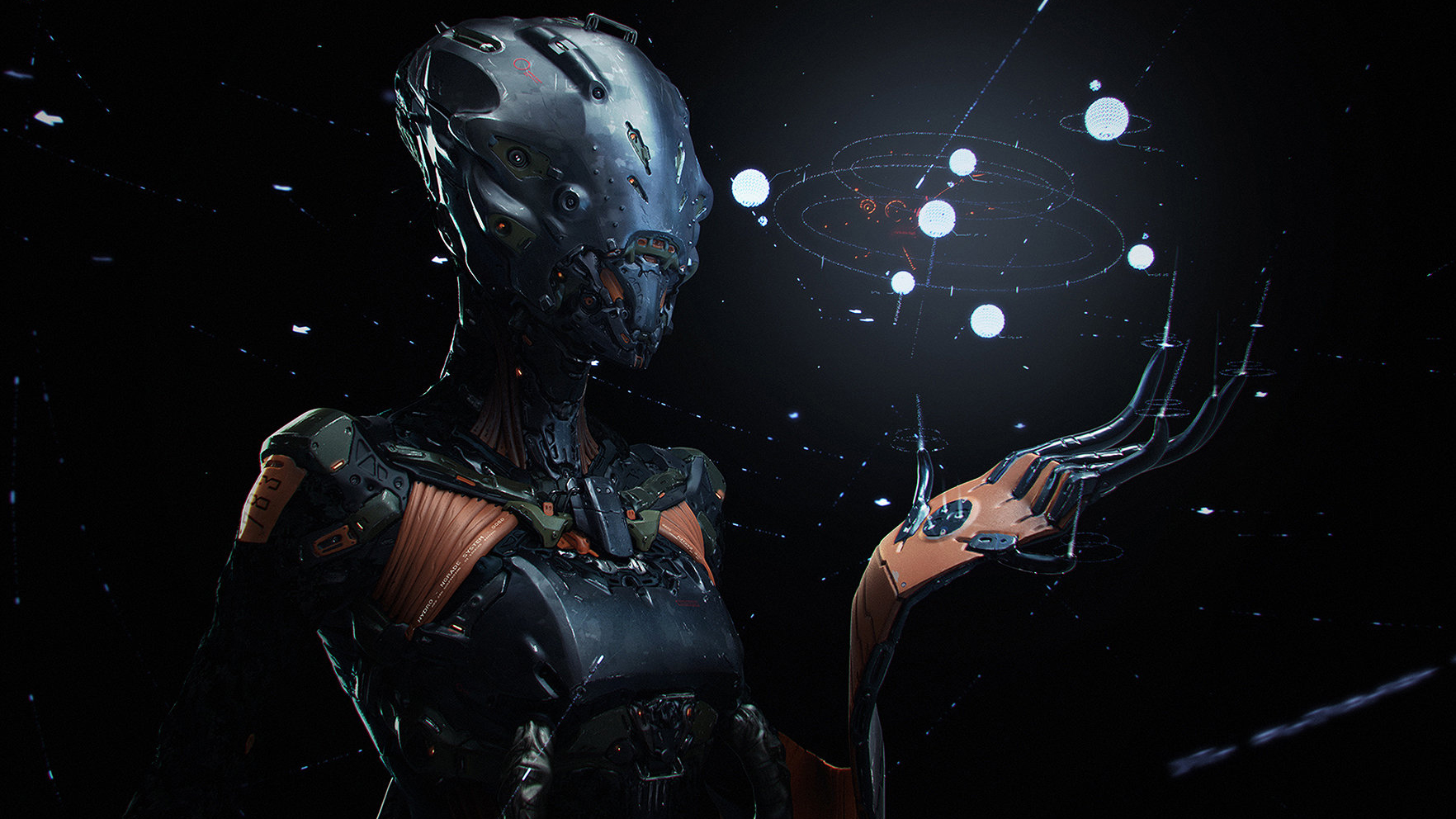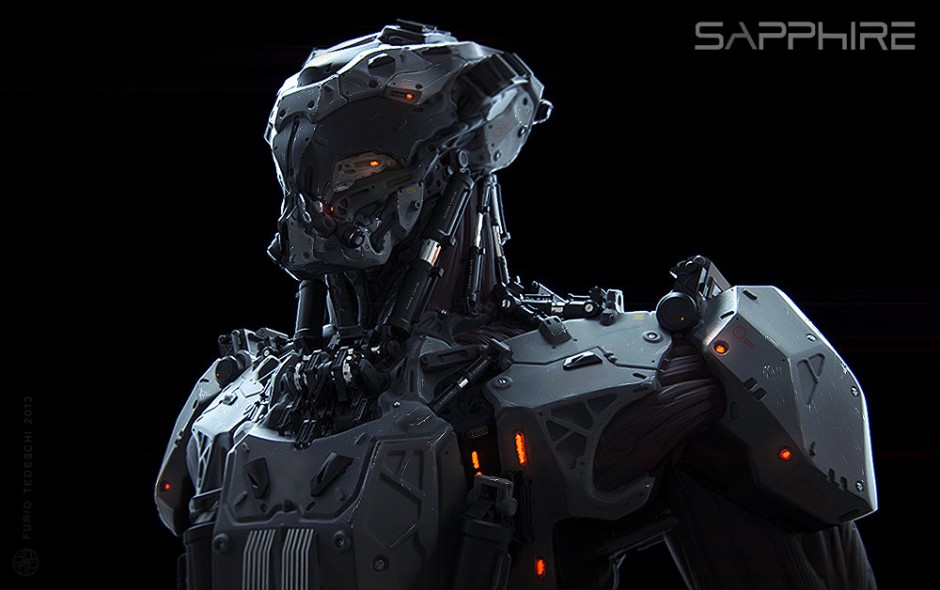The result of creating an entire creature, a character from an idea, is the culmination of hours put into the modeling, the details in the material and lighting–a process that Furio Tedeschi applies a mastery of meshes and materials that deliver a level of realism equaled only by the sense of motion and detailed structure he captures. Furio works around the world on motion pictures, games and projects using KeyShot to create incredible concepts and art.
Furio Tedeschi
Modeling software used: 3ds Max / ZBrush
Website: Furio’s ArtStation Gallery
 What first sparked your interest in becoming a concept artist?
What first sparked your interest in becoming a concept artist?
Well, my intentions where never to be a concept artist and I don’t really see myself as one. I just wanted to draw comics and create characters. I feel like I just fell into doing concepts due to skills I picked up through various jobs in my career and a love for creating my own ideas. But my first cg inspiration and guys that really made me push my 3d art (and still do) are dudes like Kenneth Scott, Kolby Jukes, Rodrigue Prailer, Cedric Seaut and their insane skills.
What are some highlights throughout your career?
There have been a few, but the biggest ones for me were working with Guillermo del Toro [develop concept designs for Pacific Rim – Jeager design overview] and being a lead artist for Star Wars game were memorable highlights.
What would you say is unique about your approach to a project?
I would not say I have a unique approach, but I do have an extensive background in 3d, which assists me with clients projects to quickly visualize concept designs in a 3d environment whether for movies or games. I find that being able to show clients early development of designs from multiple angles helps them visualize and get a better sense for the concept.
What is your primary 3d modeling software?
3ds Max and ZBrush are my workhorse apps–3ds Max for its powerful poly modelling tools and ZBrush allows me to quickly explore shapes and volumes. I will generally do my first and final passes in ZBrush after adjustments in Max.
Where in the process do you use KeyShot?
I use KeyShot to gauge how materials/shaders look on designs while developing the design.
Final presentation render passes are also mostly done in KeyShot, depending on the project requirements. I find doing quick materials/shader tests assists me in seeing where to take design further whilst in concept phase. For final presentation KeyShot is super fast and spits out gorgeous renders. Its ease of use makes it a immensely powerful tool in my workflow.
What makes KeyShot an important tool to have?
Its speed, accurate physical lighting and the ease of use. I’ve seen many artists pick up KeyShot in an afternoon. KeyShot removes a lot of the technical requirements some of the more industry standard renders have and allows you to focus more on design aspect of your work.
What advice do you have for others?
Make sure you do this because you love it. Some jobs can drain your inspiration and soul. So it’s important to remember why you do this in the first place. For me it’s the same excitement I felt when I was a kid, after seeing a awesome character in comic, movie, anime or game. Make sure to always be inspired and keep learning. Learn the fundamentals of your craft–It won’t make you the best artist, but will make you a better one.
Ghost In The Shell Collab Project
KeyShot was used in the Ghost in the Shell (G.I.T.S) collab to generate quick concepts of the head and test materials for the first pass of the frames. KeyShot was very useful to get quick feedback on ideas. See more on the project here.













